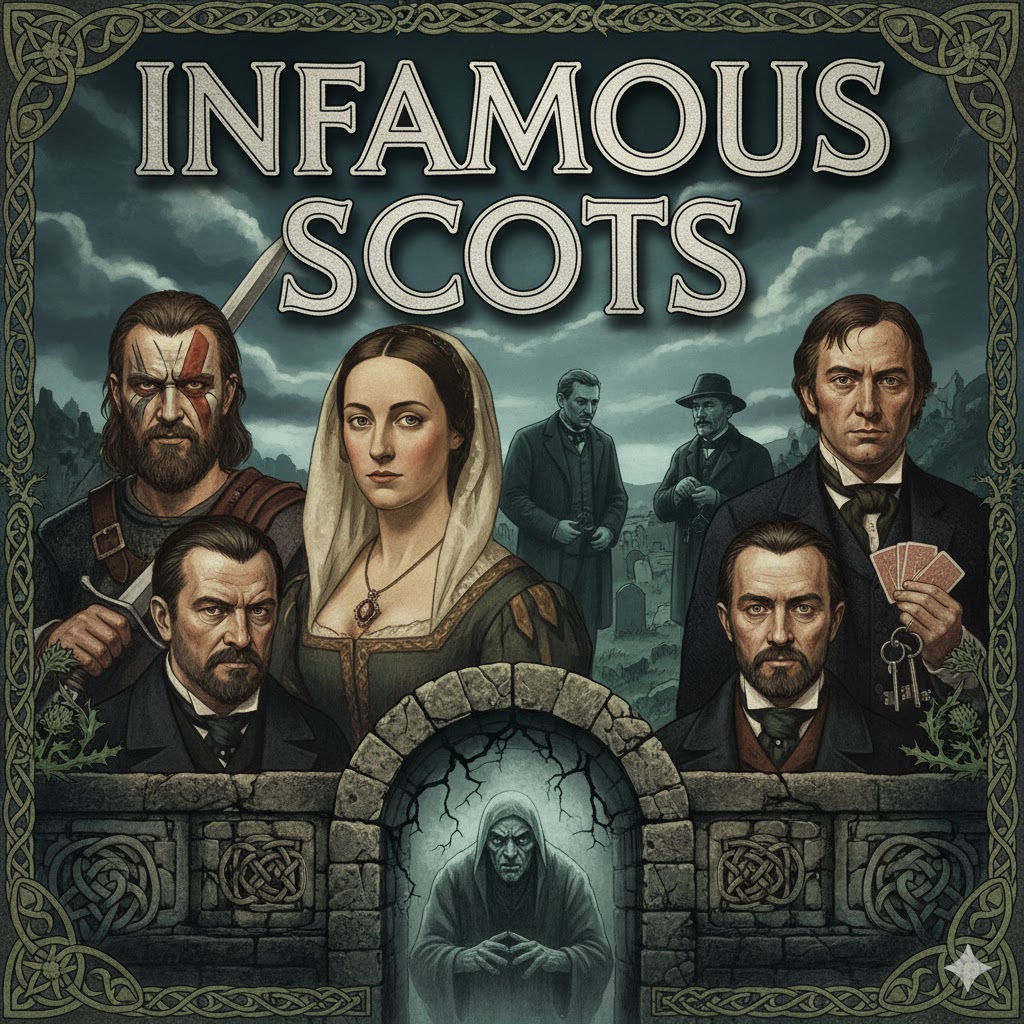I remember this movie as a kind of horror back in the day, it was kinda scary being a young boy and watching this, however it fascinated me. The movie was Created the Year I was born..

The Enduring Chill of “Psycho”: A Masterclass in Suspense
Alfred Hitchcock’s Psycho, released in 1960, remains a chilling masterpiece, a seminal work that redefined the horror genre and demonstrated the profound power of psychological suspense. At its dark heart is the character of Norman Bates, brought to unforgettable life by Anthony Perkins. Perkins was perfect for this role; his portrayal was seamless, managing to convey a deeply unsettling blend of vulnerability and suppressed malevolence. Despite his widely known sexuality off-screen, Perkins masterfully embodied the awkwardness and twisted devotion required for the scenes where he donned the persona of his deceased mother, creating a character so unnervingly convincing that it blurred the lines of sanity for audiences.
Hitchcock, the undisputed Master of Suspense, possessed a truly crazy and brilliant mind, capable of conjuring characters and scenarios that felt terrifyingly realistic. His meticulous direction in Psycho crafted an atmosphere of pervasive dread, making every shadow and silence pregnant with tension. The film’s choice of black and white cinematography was not merely a stylistic decision but a crucial element that amplified the suspense, lending a timeless, stark quality to the unfolding horror. This was further intensified by Bernard Herrmann’s iconic, screeching incidental music, which became an eerie backdrop that made the viewer’s blood run cold, elevating the film’s psychological impact to new heights.
The infamous shower scene is, without question, one of the most iconic and shocking moments in cinematic history. This two-minute sequence, depicting Perkins’s character brutally stabbing his victim, was horrifying to watch, not just for its visual suggestion of violence but for its visceral sound design. The unforgettable sound effects of the knife plunging into flesh were groundbreaking, making the scene incredibly visceral and disturbing, cementing its place in the annals of film lore. Another unsettling layer for many viewers, including myself, was the later realization that this chilling narrative drew inspiration from the real-life crimes of Ed Gein. Knowing this connection to the “Plainfield Ghoul” added an even more macabre and disturbing dimension to Norman Bates’s character, making his psychological torment all the more plausible and terrifying. As for future films matching its brilliance, it’s hard to imagine another classic achieving such a groundbreaking and enduring impact on cinema.
Give it another watch, it’s worth it.
Discover more from WILLIAMS WRITINGS.
Subscribe to get the latest posts sent to your email.












To me, the best Hitchcock’s film. The first time I slept in a motel, I thought of Norman Bates, of course and it was a strange feeling 😉
hahahah hope you didnt have a shower lol, thanks for your kind words…
Good morning, William.
Phsyco, is one of the most famous films in the cinema history. A masterpiece, my friend. And of course, I love it.
Yes it is John, at that time it was a masterpiece and always will be, thank you.
I remember watching Psycho at a drive-in movie. Really scary! For a while, I couldn’t get that shower scene out of my mind when stepping into the shower.
Yes indeed Bev, for that time it was pretty scary, hitchcock was brilliant at the macabre.. thank you.
I rewatched it recently. Its stood the test of time and stands up really well for an old one. (Bit like us, eh Bill?) 😉
hahahha yes indeed mate, thank you.
Top film. One to watch over again.
absolutely, thank you sweet.
That’s why we choose films. What we took in can influence us for a long time. Thank you, Billy
Yes indeed pal, the film that influenced me a lot and I couldnt stop thinking about it was blue velvet…
You brought us a beautiful work by the master of suspense, Alfred Hitchcock. A film that marked an era and still evokes memories of the final scene; an impressive work. Thank you for sharing this memory with us.🙂🙏🏻✨🎬🔪🧟♂️😱
awe thank you, was a masterpiece in its day and still carries a lot of power even today.